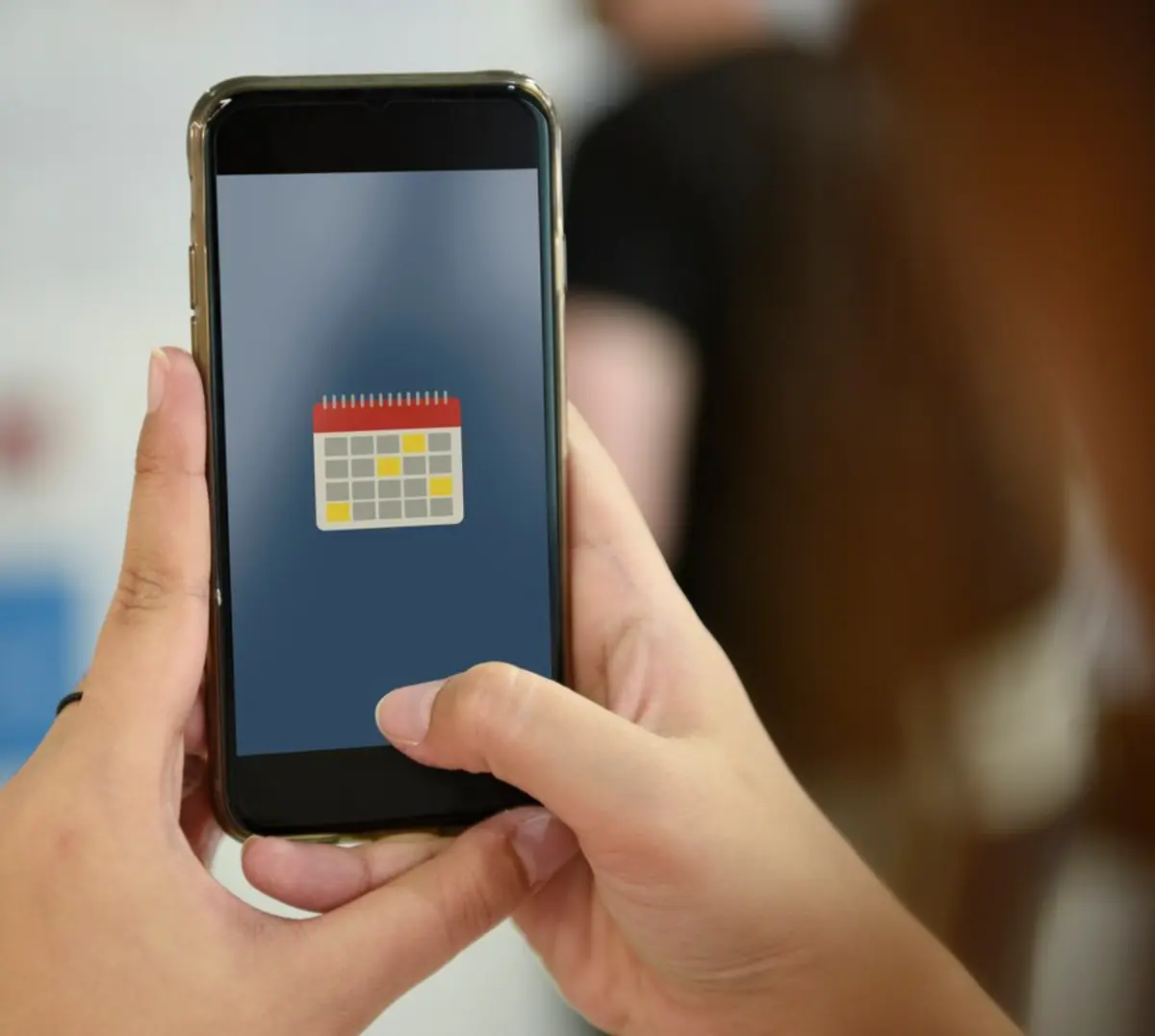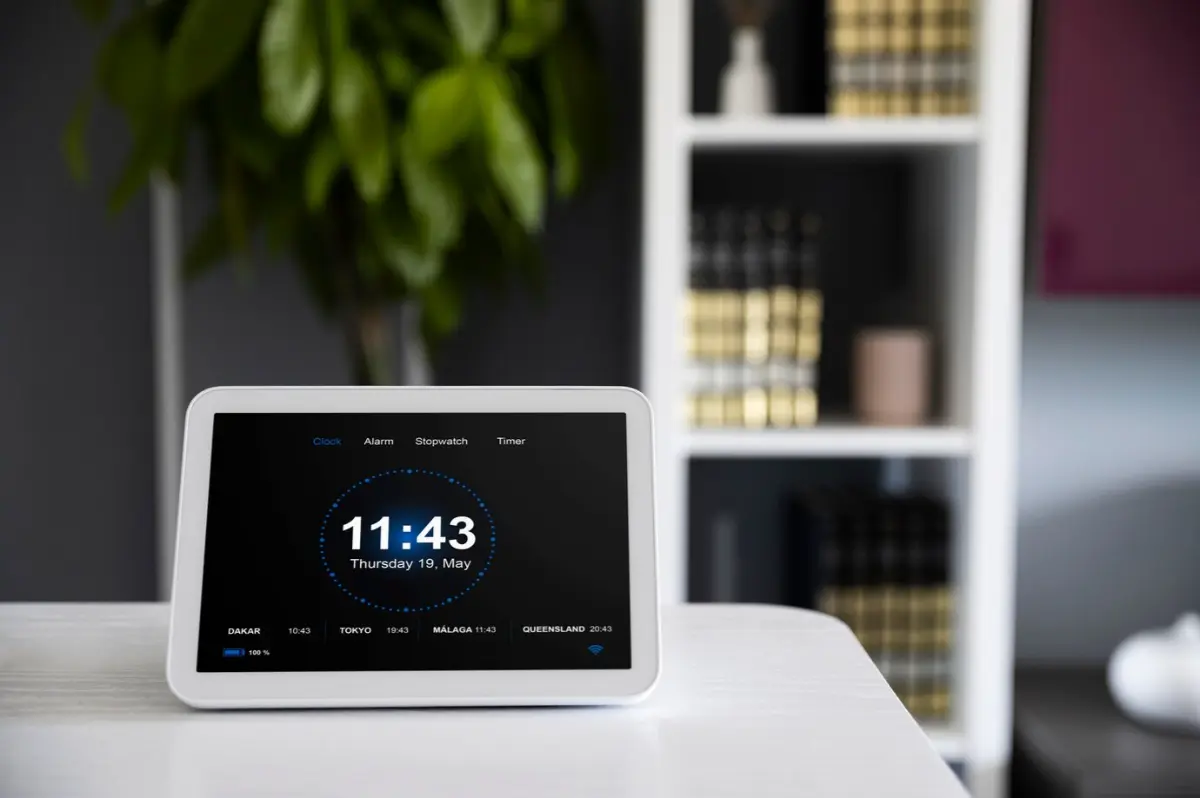The E-commerce Blog

How to Integrate AI Tools into Your Daily Routine
AI is no longer just for tech enthusiasts or large businesses. It’s becoming part of everyday life—helping people manage tasks, make smarter choices, and find more time for what matters.
In this guide, you’ll learn how to use daily AI usage techniques, build habits around personal AI integration, and apply smart lifestyle tips that help you simplify, automate, and improve your routine without feeling overwhelmed.
Pro Tip: Start small and build from there. The goal is to support your day, not complicate it.
Quick Guide: Daily Tasks AI Can Help With
- Scheduling and reminders
- Meal planning and grocery lists
- Daily journaling or habit tracking
- Email summarising and writing
- Budgeting and expense tracking
- News filtering and content curation
- Travel planning and booking
- Language translation or learning
- Sleep tracking and bedtime routines
- Reading summaries and study assistance
Important: The right AI tool should feel like a helpful assistant, not an extra task to manage.
Step-by-Step: Integrate AI into Everyday Life
Step 1: Identify Your Daily Patterns

Before adding tools, observe your current habits.
| Area | What to Ask |
| Time Management | What do I forget or delay each day? |
| Communication | Do I spend too long writing emails or messages? |
| Personal Life | Can I automate grocery, fitness, or journaling? |
| Energy Levels | When do I need reminders to rest or refocus? |
| Repetitive Tasks | What things do I do again and again? |
Quick Tip: Track your routine for a week to find friction points AI can help smooth out.
Step 2: Choose the Right AI Tools
Not all tools are created equal. Focus on ones that solve specific problems.
| Need | AI Tool Example |
| Smart planning | Google Assistant, Reclaim.ai |
| Writing support | Grammarly, ChatGPT |
| Financial insights | Cleo, Copilot |
| Health and wellness | MyFitnessPal with AI meal plans |
| Voice automation | Alexa, Siri |
| Note-taking | Otter.ai, Notion AI |
| Study help | Quizlet AI, Humata.ai |
Pro Tip: Look for apps that integrate with your existing platforms (Google, iOS, Outlook, etc.).
Step 3: Automate the Simple Things First

Ease into AI by automating small, repeatable tasks.
- Set daily reminders for meals, breaks, or water intake
- Use AI to suggest calendar blocks based on focus habits
- Summarise long emails or documents with AI extensions
- Let an AI assistant recommend recipes from your food preferences
- Use a smart alarm to wake you based on sleep cycles
Quick Tip: Use voice commands to speed up access—”Hey Siri, remind me to send the report at 2pm.”
Step 4: Personalise Your AI Settings
Make the tech work for you—not the other way around.
- Train writing tools with your tone and goals
- Set up smart routines (e.g., “Work mode” that dims lights and plays focus music)
- Connect AI tools to calendars, to-do apps, or smart devices
- Create a morning or evening AI-assisted ritual
Routine AI Task Morning AI summarises news and upcoming meetings Midday AI suggests when to take a break Evening AI logs the day and suggests tomorrow’s goals Weekend AI curates events, hobbies, or local activities Monthly AI provides health or financial overviews Step 5: Review and Adjust Each Week
Just like any routine, AI use should evolve.
- Check if the tools are saving time
- Remove what doesn’t help or causes stress
- Explore new features or integrations monthly
- Review privacy settings or app updates
Pro Tip: Don’t get stuck in tool overload. Keep it simple, effective, and tailored to your pace.
AI Tools by Lifestyle Category
Category Tools to Try Productivity Notion AI, Todoist AI, Trello AI assistant Communication ChatGPT, Jasper, Wordtune Health & Fitness Fitbit with AI insights, AI yoga or meditation apps Money Emma, YNAB, Cleo Smart Home Google Home, SmartThings, Home Assistant Learning Duolingo AI, Quizlet, YouTube summary tools Parenting AI bedtime stories, smart routine builders for kids AI Use Cases Throughout the Day
Morning

- AI alarm wakes you during light sleep
- Voice assistant gives weather and traffic update
- Calendar assistant arranges your day
Afternoon
- AI suggests focus blocks
- Writing assistant helps with emails or content
- Health app reminds you to stretch or hydrate
Evening
- AI journaling app logs your habits and reflections
- Sleep tracker adjusts your bedtime
- Curated content or reading summaries to unwind
Quick Tip: Use just one tool in each time block to avoid feeling overwhelmed.
Common Mistakes to Avoid
Mistake Better Approach Trying too many apps at once Start with one or two useful tools Expecting instant results Give it a week to adapt Ignoring privacy settings Adjust permissions to your comfort level Forgetting to update tools Stay current for the best features Using AI for everything Keep tasks you enjoy doing manually Frequently Asked Questions
Can AI really help with personal routines?
Yes. Many tools now offer daily planning, wellness checks, and smart nudges that help you stay consistent.
Is it safe to use AI tools daily?
Generally yes, but always check privacy settings and data usage policies.Do I need smart home devices to use AI?
Not at all. Many AI features work through apps or browsers alone.What if I’m not tech-savvy?
Most modern AI tools are beginner-friendly with clear guides and tutorials.How do I avoid becoming too dependent?
Use AI to support your habits—not replace awareness or decision-making.Are free AI tools worth using?
Yes. Many have generous free tiers that are perfect for daily tasks. You can upgrade later if needed.What if I work offline often?
Choose AI apps with offline modes or desktop integrations like Notion or local calendar syncing.Make AI Work for You
AI works best when it supports your lifestyle—not when it overwhelms you. With just a few thoughtful steps, you can use daily AI usage to free up time, focus better, and stay organised.
By embracing personal AI integration through tools that fit your routine, you’ll start building a smarter, calmer, and more productive day.
Stay simple. Stay smart. Let AI handle the rest.









